As I walked last fall along the crowded streets of downtown New York, I was struck—as one always is, but even more so at this moment—by the almost theatrical presentation of humanity. The sidewalks are not just passages to destinations; they are stages, and in New York, every day is an opening day for a fresh ensemble of street performers. Those performers may or may not know that they are on a stage, and those watching from the sidelines may or may not be aware that they are watching a show that has as much right to be nonsensical or surreal as any of the art forms that comprise the New York cultural scene.
And yet, nonsensical and surreal (again, as any art form might be) as the appearance of humanity on the New York sidewalks may seem, it is something that has at least a semi-conscious “look” to it in terms of appearance. I have long held the belief that the sidewalk of the city is the truest runway. And while not every street has style, there are certainly enough that do to make a good case for city living.
In the course of my travels, I have popped into the East Village and encountered an amazing, impromptu sneaker pop-up within a local collective: superlative localization from the East Village. Scouring the limited-edition pairs and expertly curated displays, I happened upon a designer who was meant to be met. His reimagining of sneaker culture drew me back to the heyday of a ’90s hip-hop scene that had me enraptured.
Most fascinating of all, I bet many of you have never even heard of or seen the man whose likeness was used as the inspiration for these high-tops. The street style event occurring later that week during New York Fashion Week served to showcase both emerging talent and icons of the past. I remember standing just a few paces away and feeling the jolt of inspiration that happened when a clutch of influencers—each a distilled version of urban chic, it seemed—converged outside a gallery in the Meatpacking District.
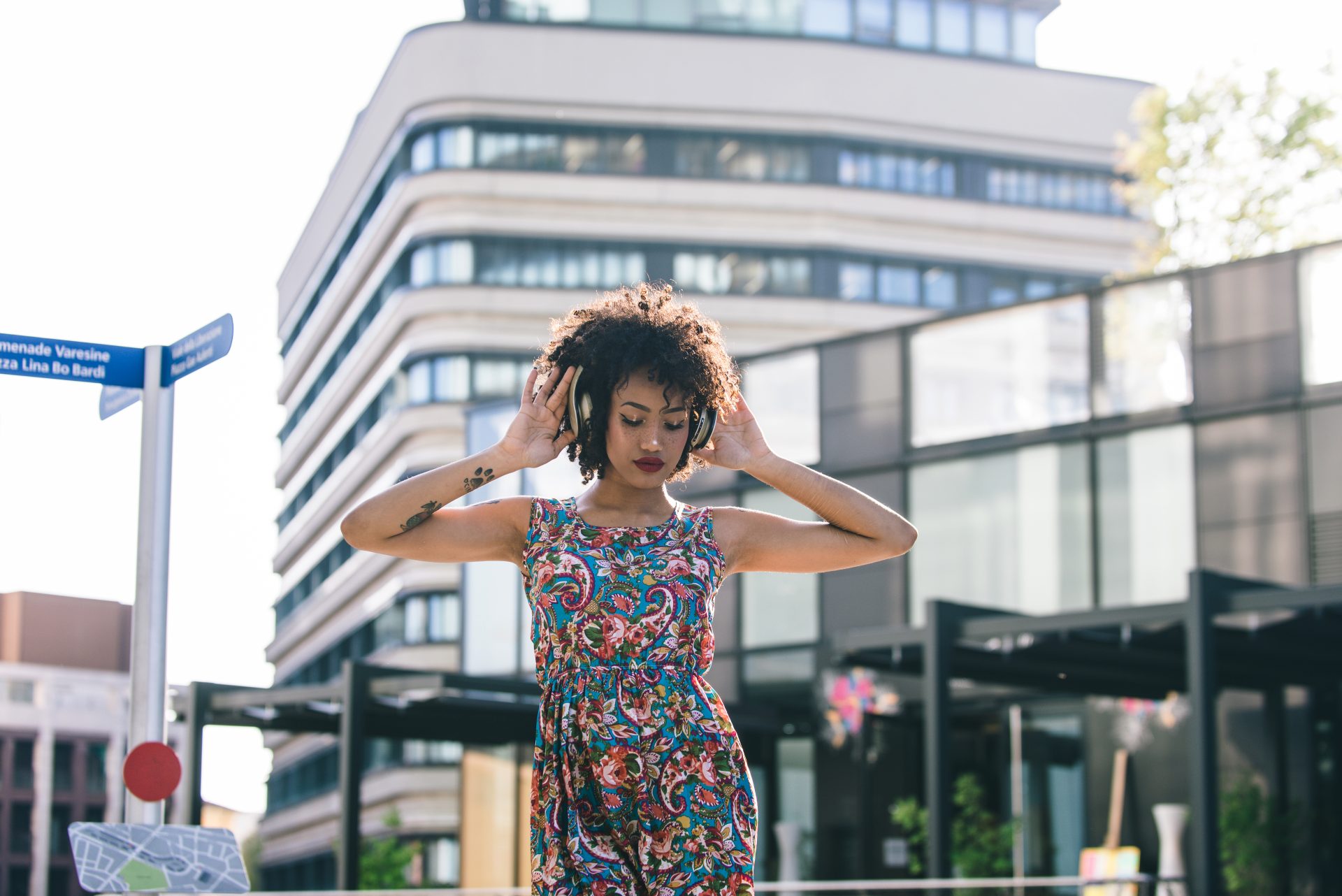
One of the influencers in particular drew my attention: a woman wearing an outfit that must have purported to be equal parts vintage, artfully layered, and strikingly on-brand. I couldn’t tell exactly what kind of flannel she was wearing, but it looked like my memory of an Oregon State University flannel, which I don’t think I am allowed to wear anymore. Her blazer—substantial and vaguely businesslike, with an awesomely precise fit—was from a designer I had never heard of, a boutique label that was on my radar only because I had just covered them in the issue preceding this one.
And that was the kind of conversation that made this outfit-around-a-person event make sense to me. The unpredictable nature of urban fashion has fascinated me for a long time. Style isn’t dictated by the seasonal collections of fashion houses; instead, it’s formed by the lived experiences of a city’s inhabitants.
On a brisk autumn afternoon in Brooklyn, I found myself in the company of friends gathered at a pop-up market in Williamsburg. We were there to soak up the atmosphere and, maybe, do a little shopping. But more importantly, have some fun.
The outfits around me ranged from casually cool to meticulously curated. And I do mean meticulously. Each piece seemed to have its own backstory, with the main characters embodying a context that converged at this past Saturday’s pop-up.
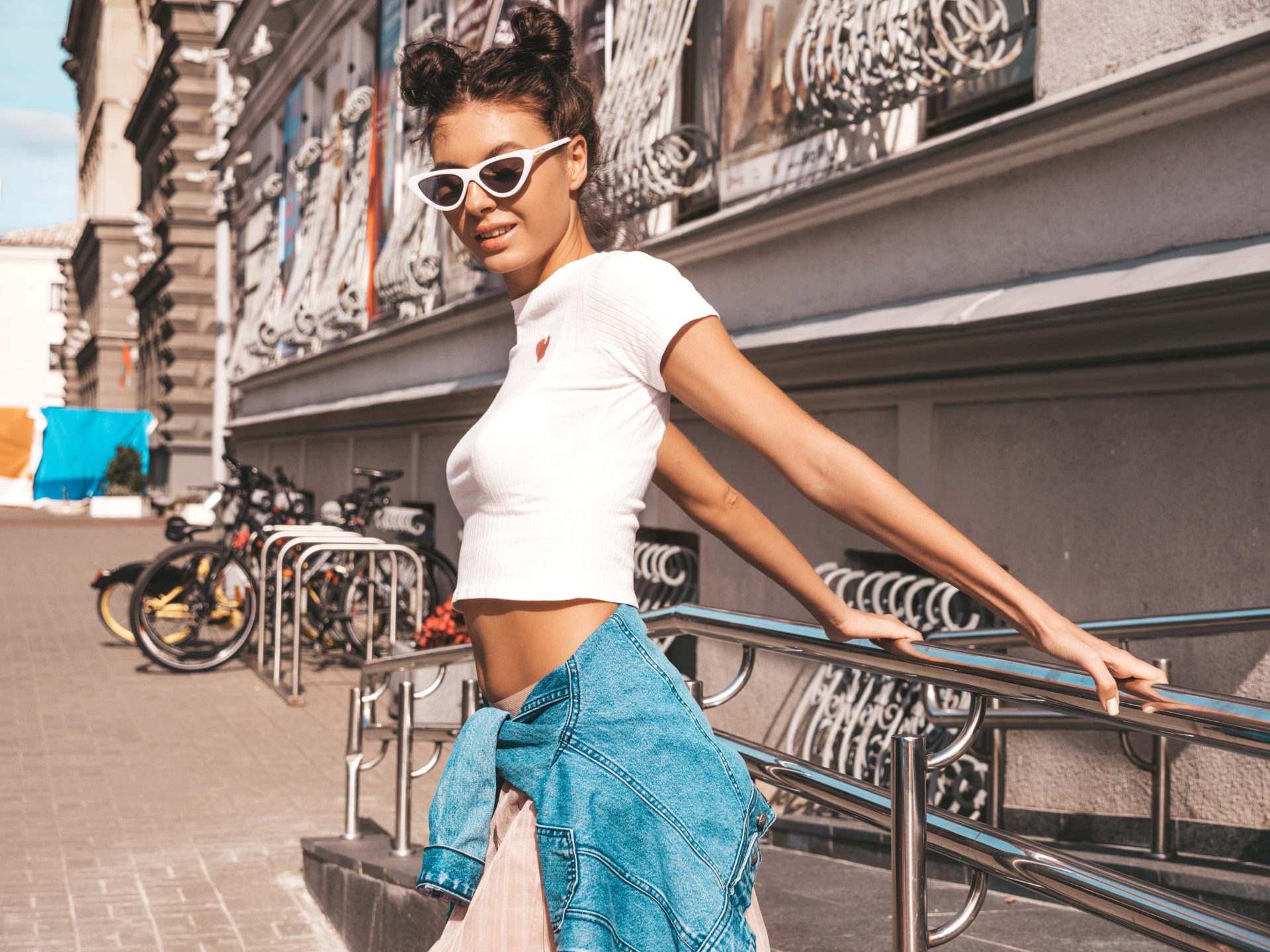
One young man was wearing a reworked varsity jacket from a local upcycler—from a very local upcycler—whose current studio is right around the corner from where we were standing. In that same neighborhood, I discovered a local boutique hidden away on a side street that specialized in rare and curated pieces from independent designers. Upon entering, I was engulfed by the aroma of leather and aging fabric—a sensory reminder of the stories woven into each garment.
The striking display of jackets and coats caught my attention, some of which had been repurposed from old military surplus; others were designed in-house by a local talent whose work has been featured in the pages of Dazed and Confused. For quite some time, I held forth with the owner of the boutique about how the evolution of street style is intimately linked to the city’s cultural shifts. He told me how, a few years back, streetwear was considered part of the fringe.
Now, it’s become a major part of the global fashion conversation, pushed along by influencers and social media. The urban narrative is not limited to New York, even if it seems to be the center of the stylish innovative beat. Recently, I went to a weekend market in Los Angeles’ Arts District that was full of energy and creativity.
There, among the mix of vintage and modern pieces, I encountered a relatively new designer whose work has a clear focus on making street style on the West Coast downright daring. Deconstructed denim, graphic prints, and asymmetrical silhouettes were hallmarks of her collection. I walked through the weekend market thinking about how, for me, the daringness of Los Angeles street style has influenced global trends for a long time.
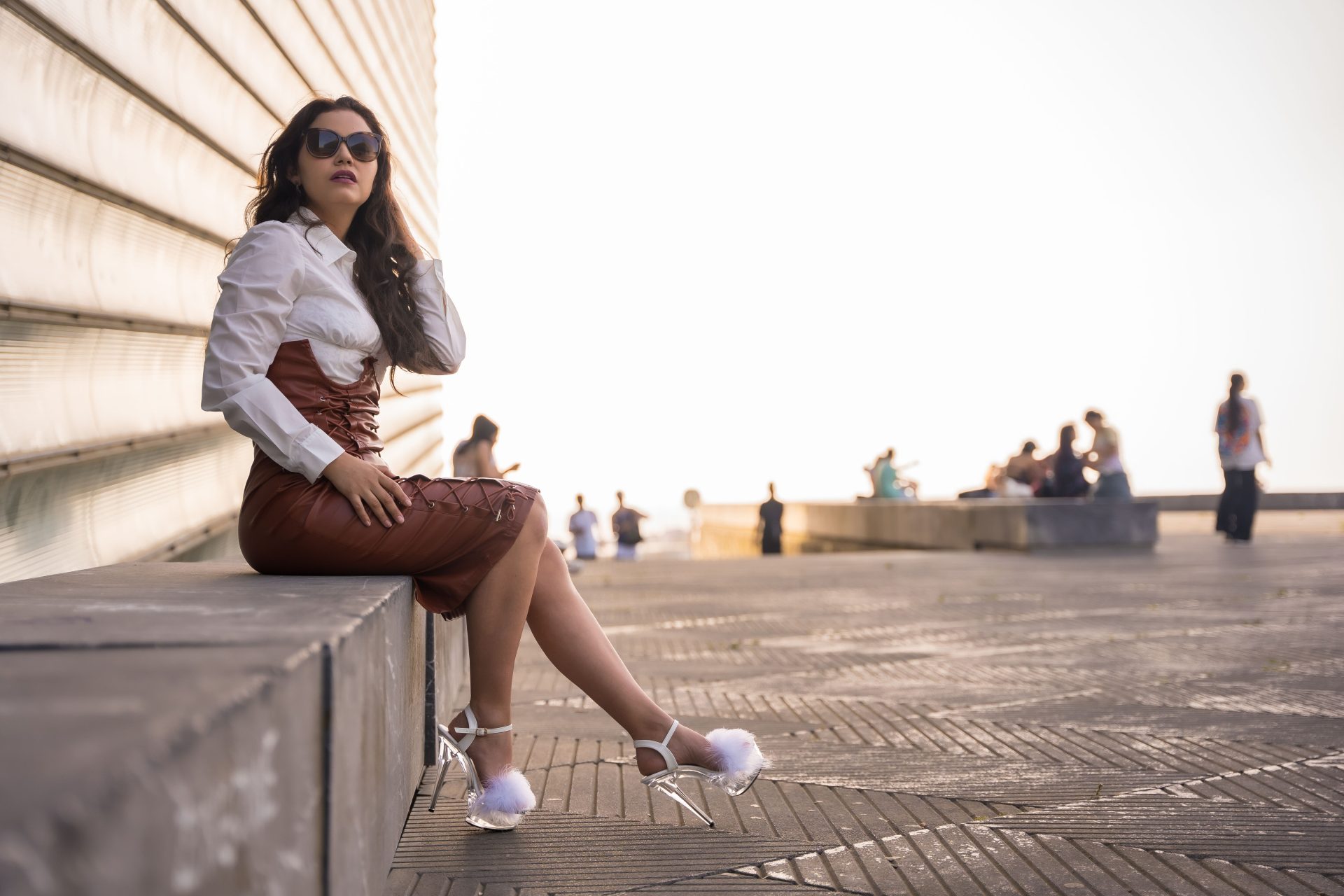
In all of these encounters, a repeating motif has been the immediate infusion of high fashion into everyday wear. At a recent rooftop gathering in downtown Chicago, I had the opportunity to engage in conversation with a stylist who often dresses public figures for high-profile events like the Grammys and the BET Awards. Over shared stories and curated cocktails, she informed me that street style has influenced high fashion designers to infuse urban and accessible elements into their collections.
“The authenticity on the streets is something even the most elite designers can’t ignore,” she said, recalling Alexander McQueen’s recent collaboration with a well-known streetwear brand that managed to capture both avant-garde creativity and everyday wearability. Her words served as a stark reminder that the luxury-to-street conversation is more dynamic than ever. The democratic nature of street style is what renders it so compelling.
In each of New York’s boroughs, from Manhattan’s high-energy streets to Brooklyn’s creative enclaves, and in every corner of Los Angeles, there seems to be a collective understanding that fashion is very much for the people and not just the runways. On the streets, fashion is democracy in action. It’s an expression of immense personal freedom and political expression.
It’s what you wear to be the unbothered way you are while making your way through life (or, at least, your way through today’s downtown streets). That’s why every lit-up Soho apartment and overstuffed West Coast bungalow is filled with the sighing scent of positive street-style vibes. When I think back on those many moments, I understand that the city is the ultimate fashion curator.
It is a stage where light and shadow, old and new, and high fashion and streetwear all blend into a spontaneous celebration of life. From the gritty sidewalks that serve as a runway for everyday struggles and hard-won triumphs to the opportunities upscale events afford for showing off the fine art of modern design, street style is a mosaic of personal stories that collectively tell the tale of this moment in time. And what could be more poignant than that?
Street style is a reminder that, at its core, fashion is about personal expression and is as closely tied to place as it is to the person donning the duds. In this constantly shifting context, where each appearance is a conversation between what has come before and what is happening now, I feel that the form of fashion expression known as “street style” is one of the most direct. It is grounded in a kind of reality that most of us can align with; it is shaped by ordinary people and their not-so-ordinary lives and is rendered with a precision that makes it truly artful.
Indeed, few of the kinds of “art” that one sees “on the street” merit as much of a focus, in my opinion, as the “art” of stealthily immaculate personal grooming that allows one to appear generally disheveled in a way that is neat (but not too neat) and totally “street.”
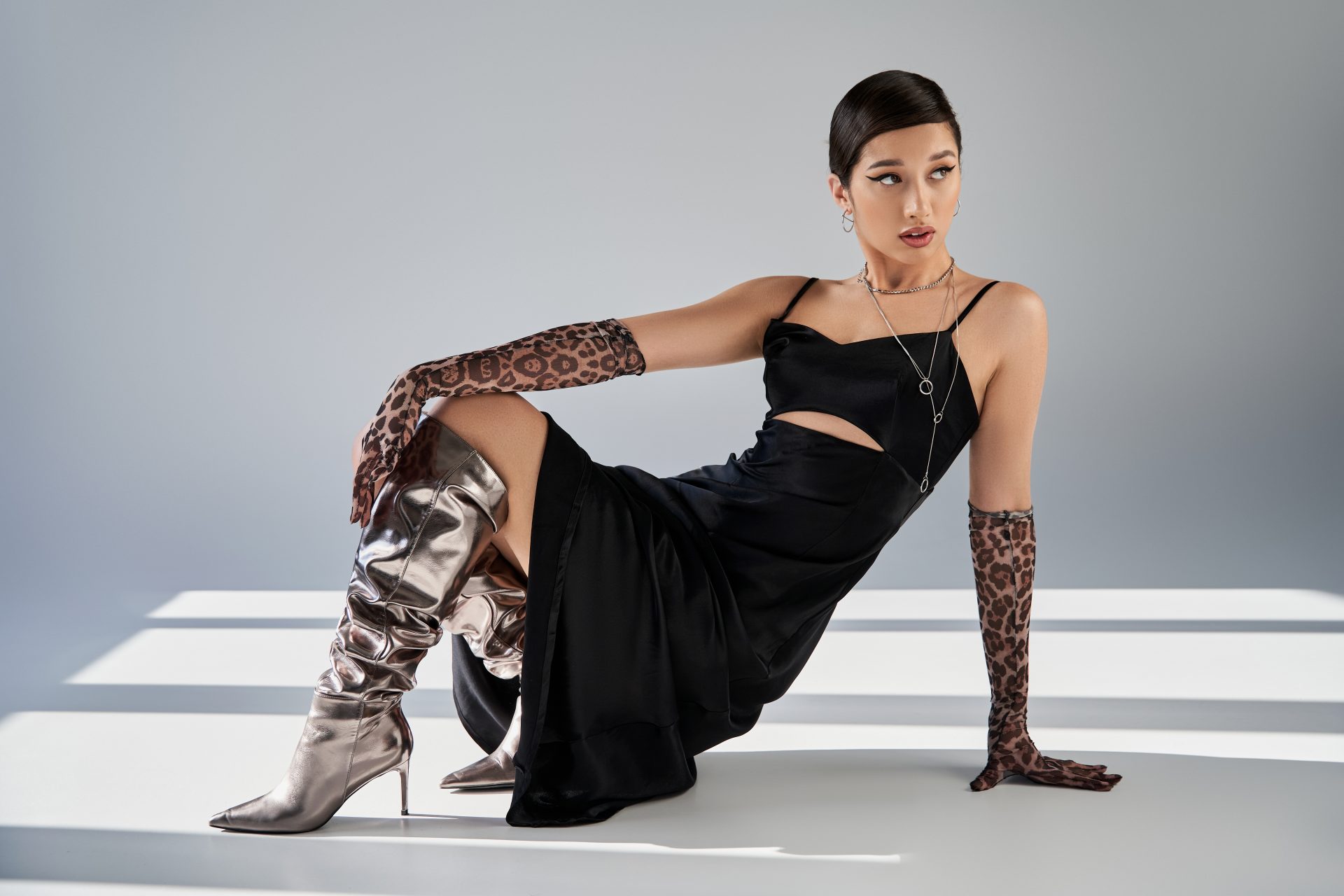
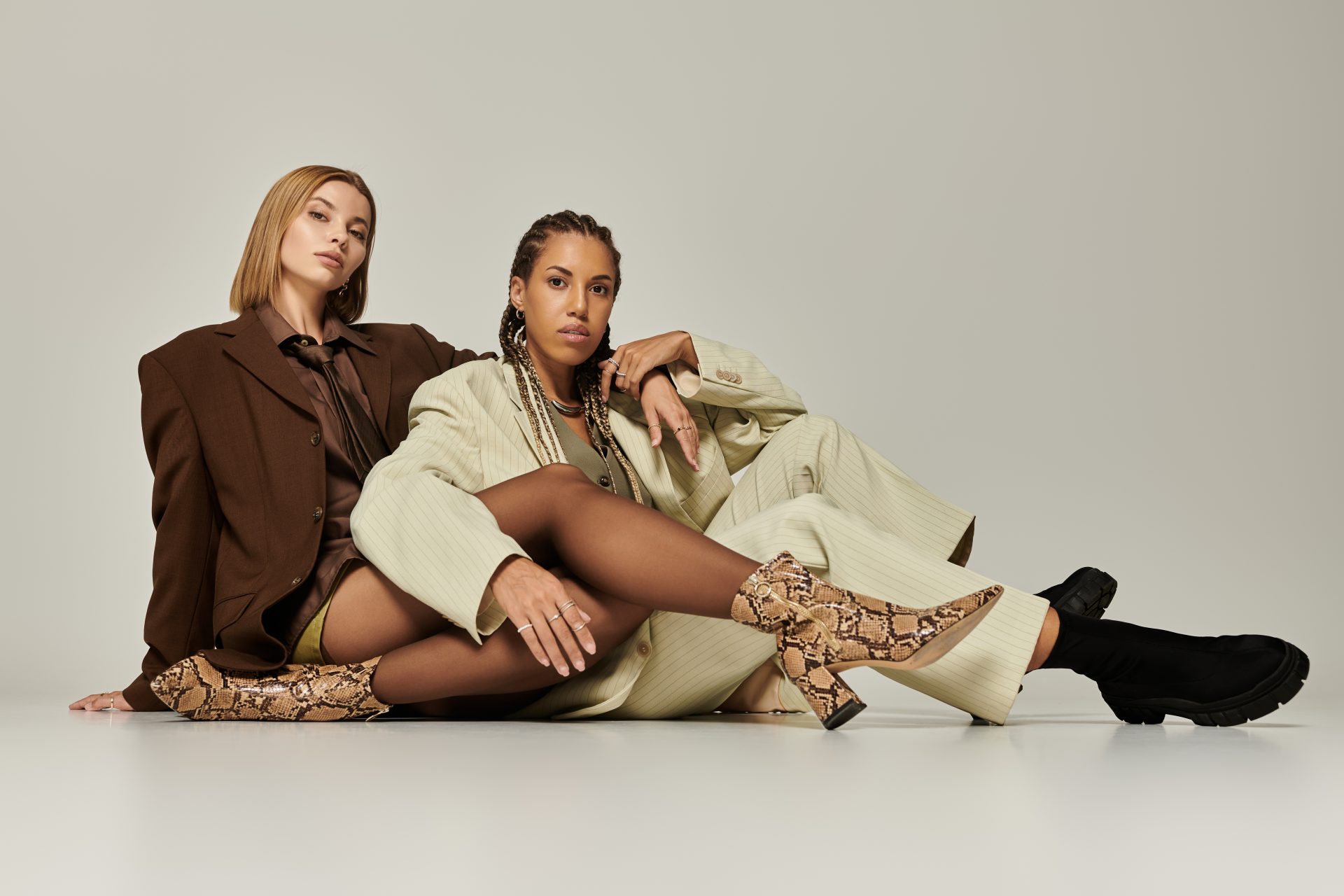
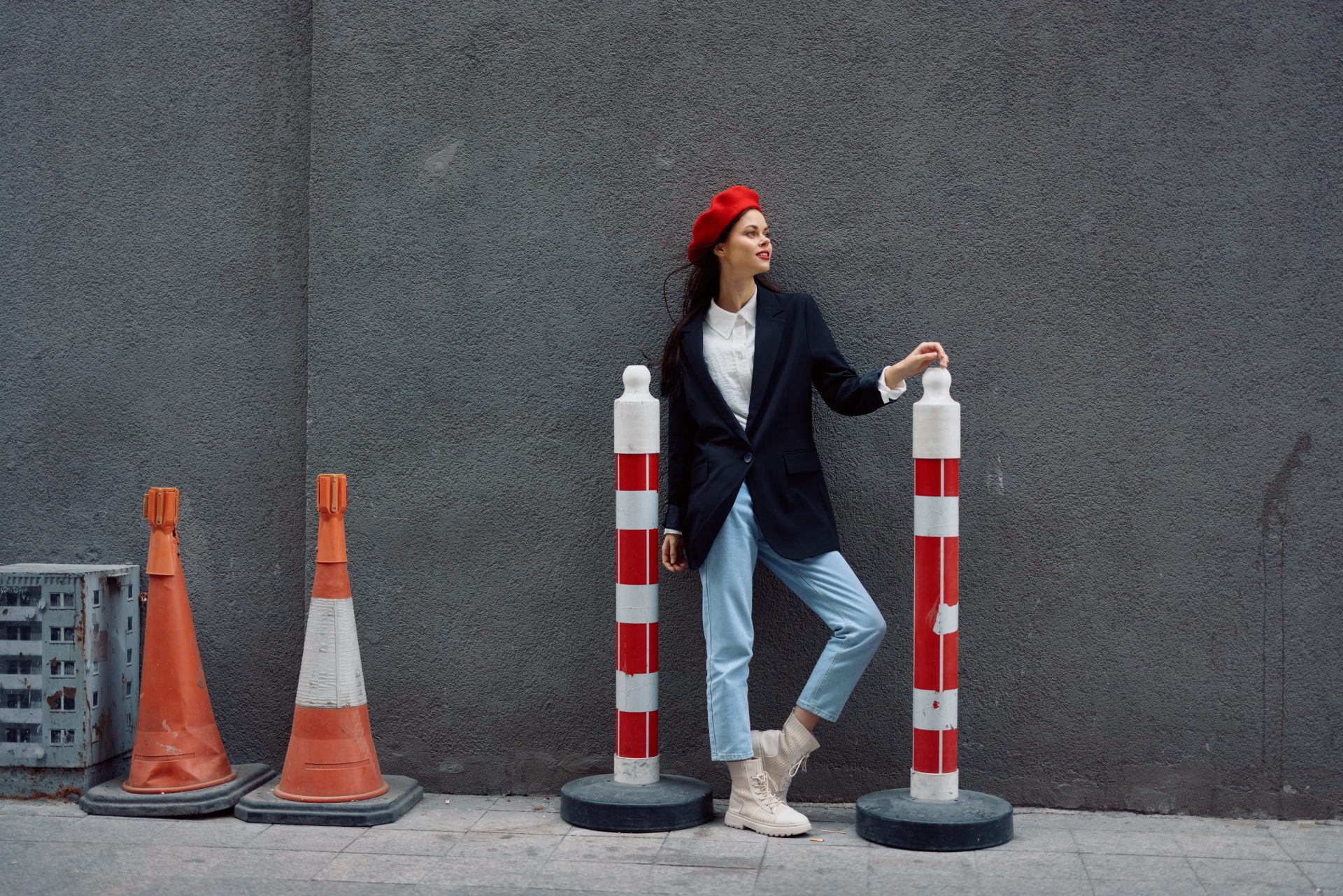

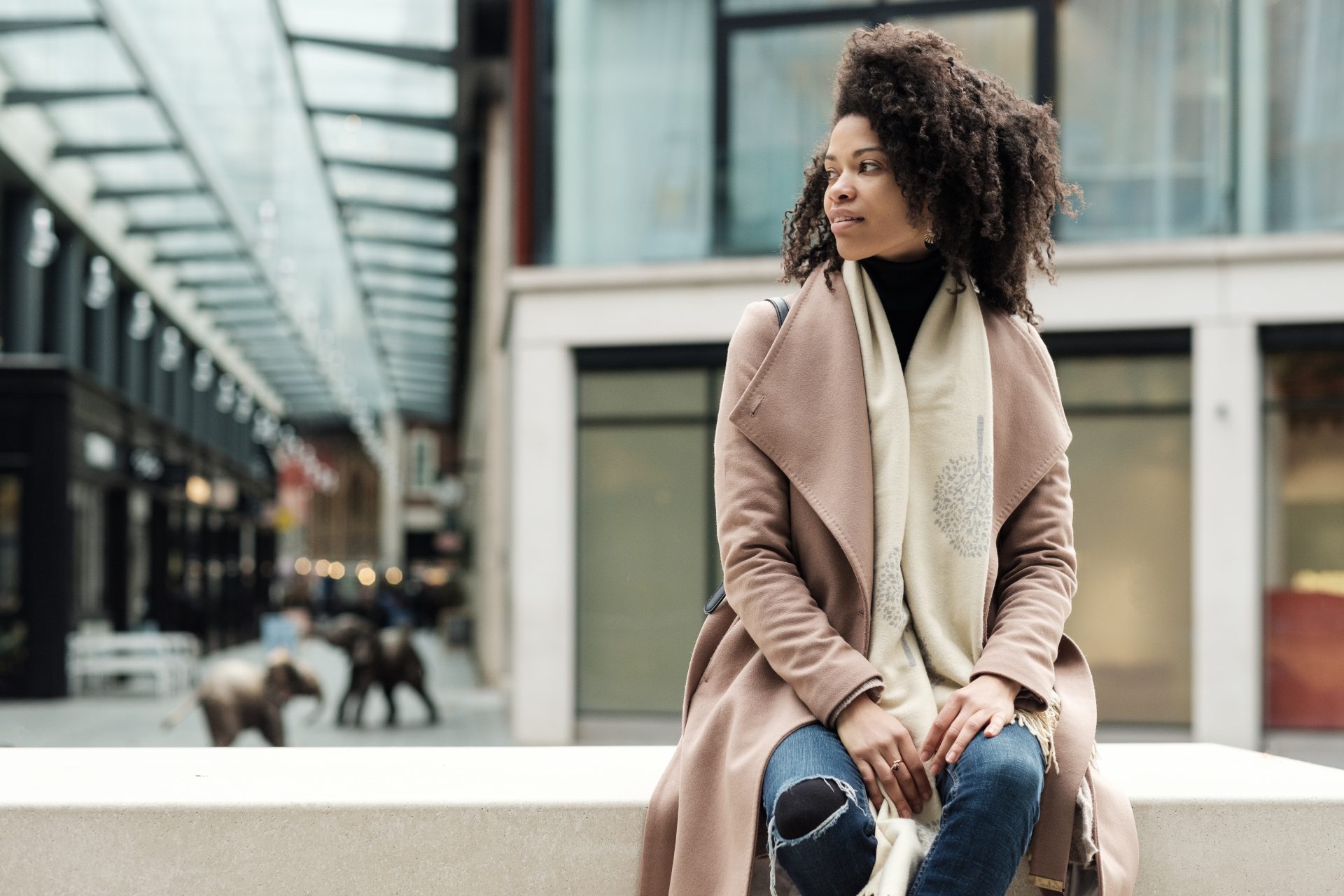
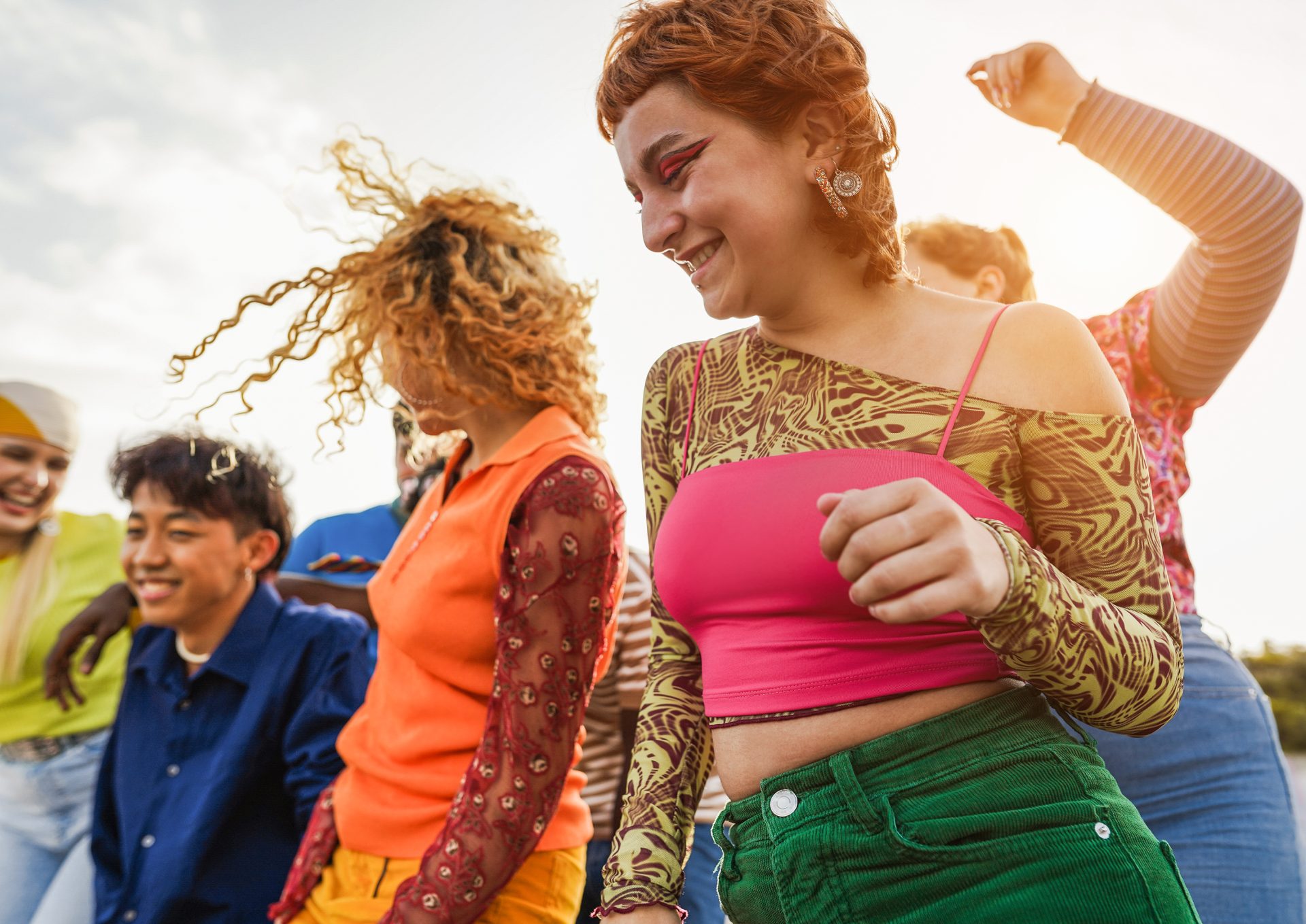
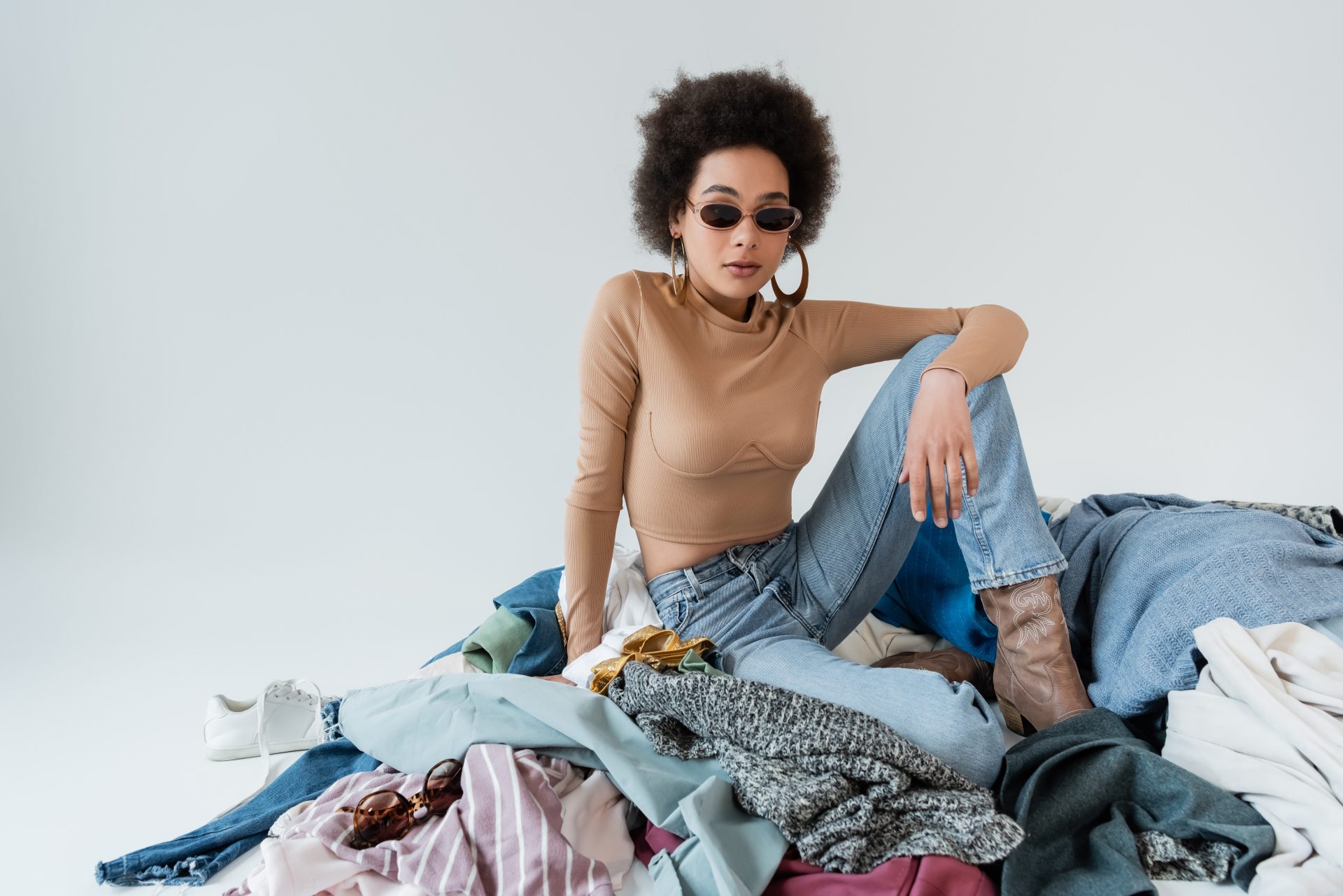

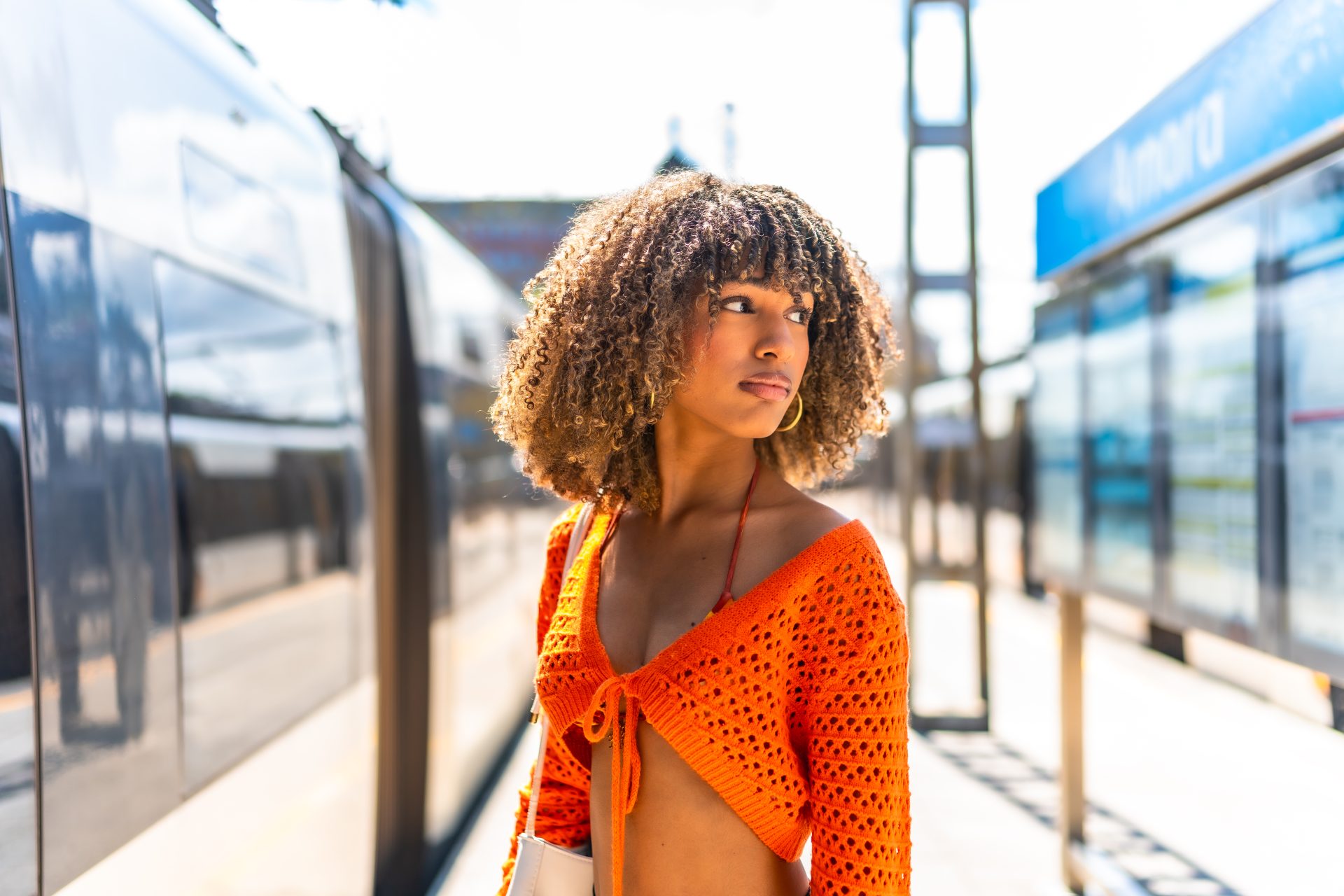
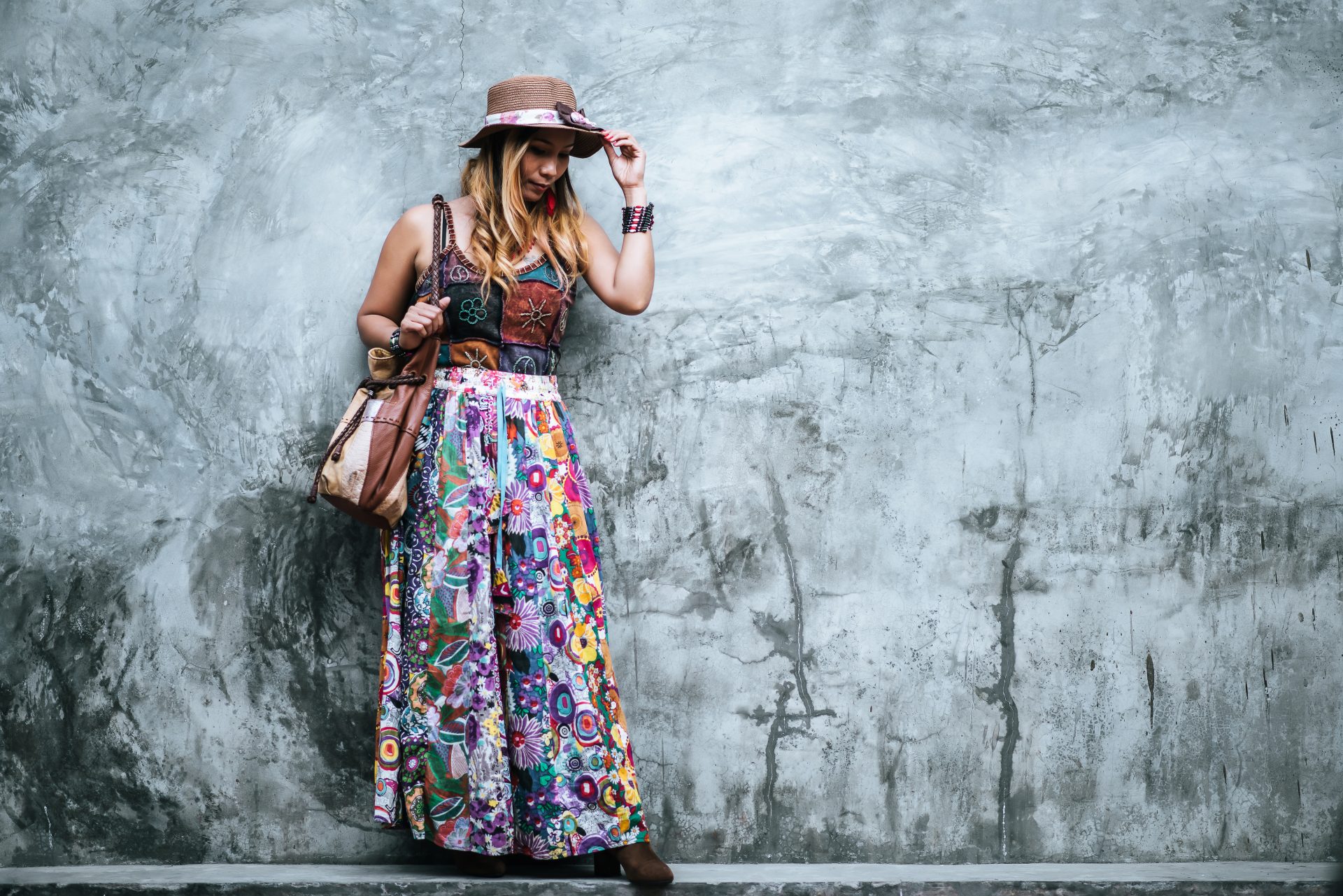
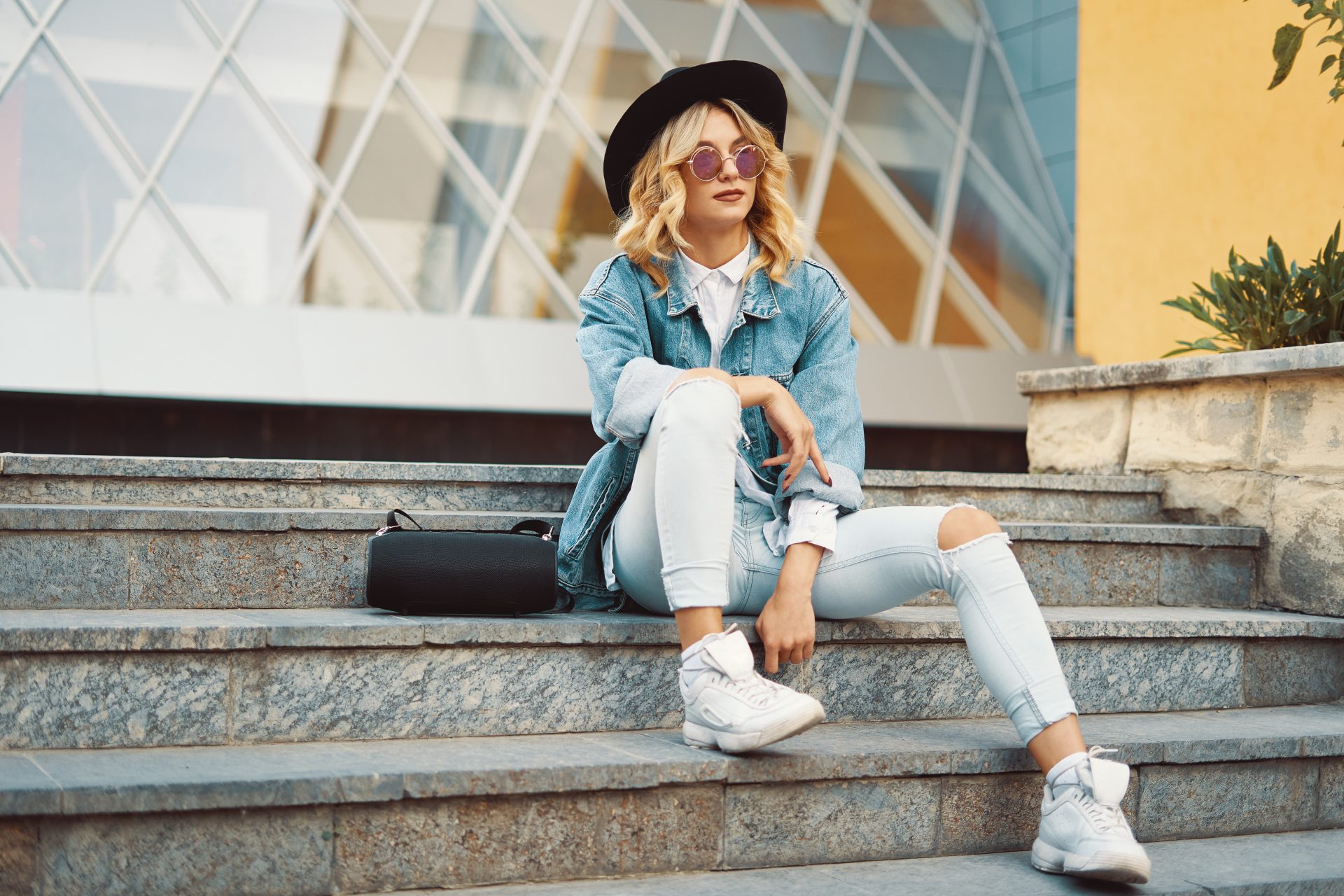
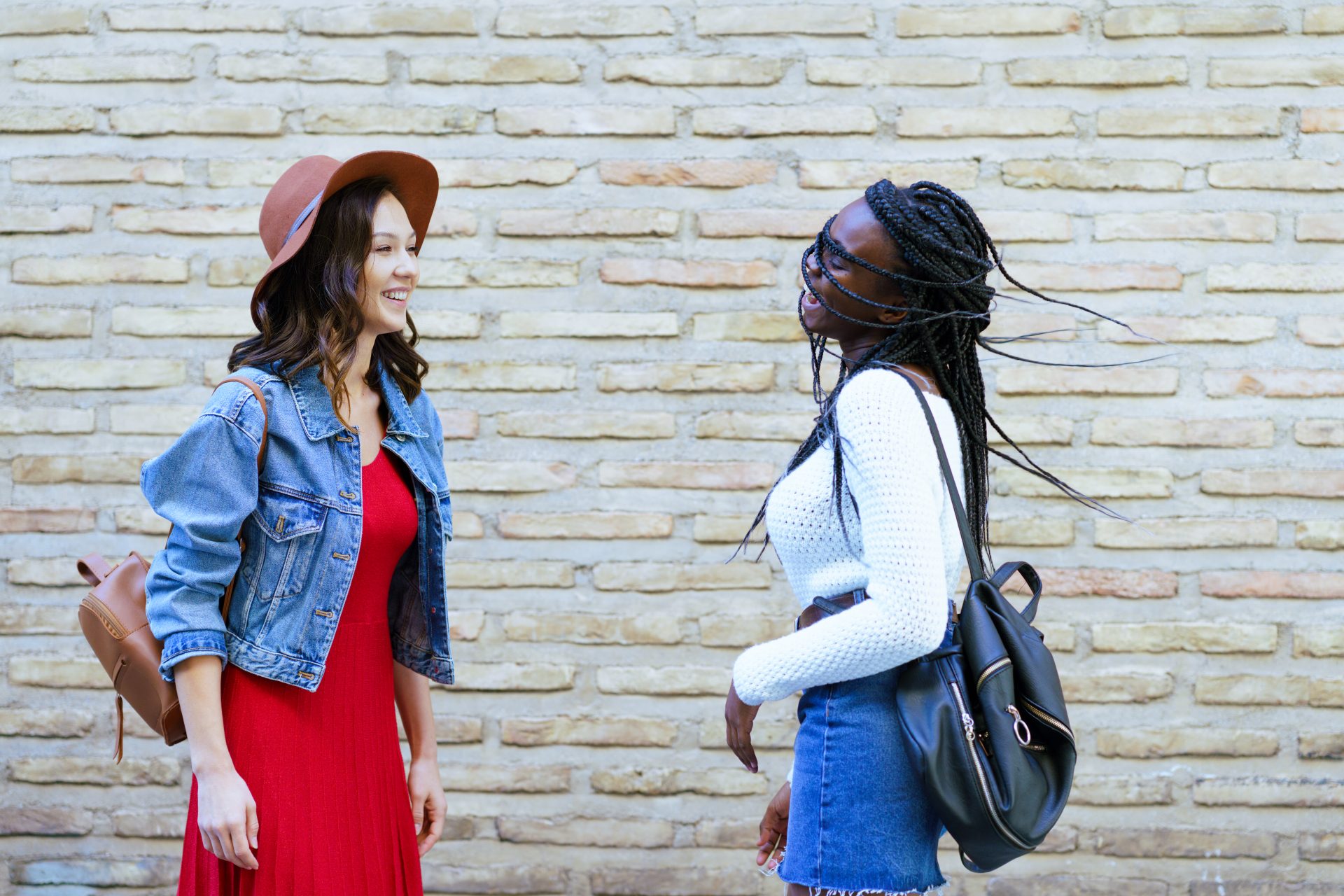
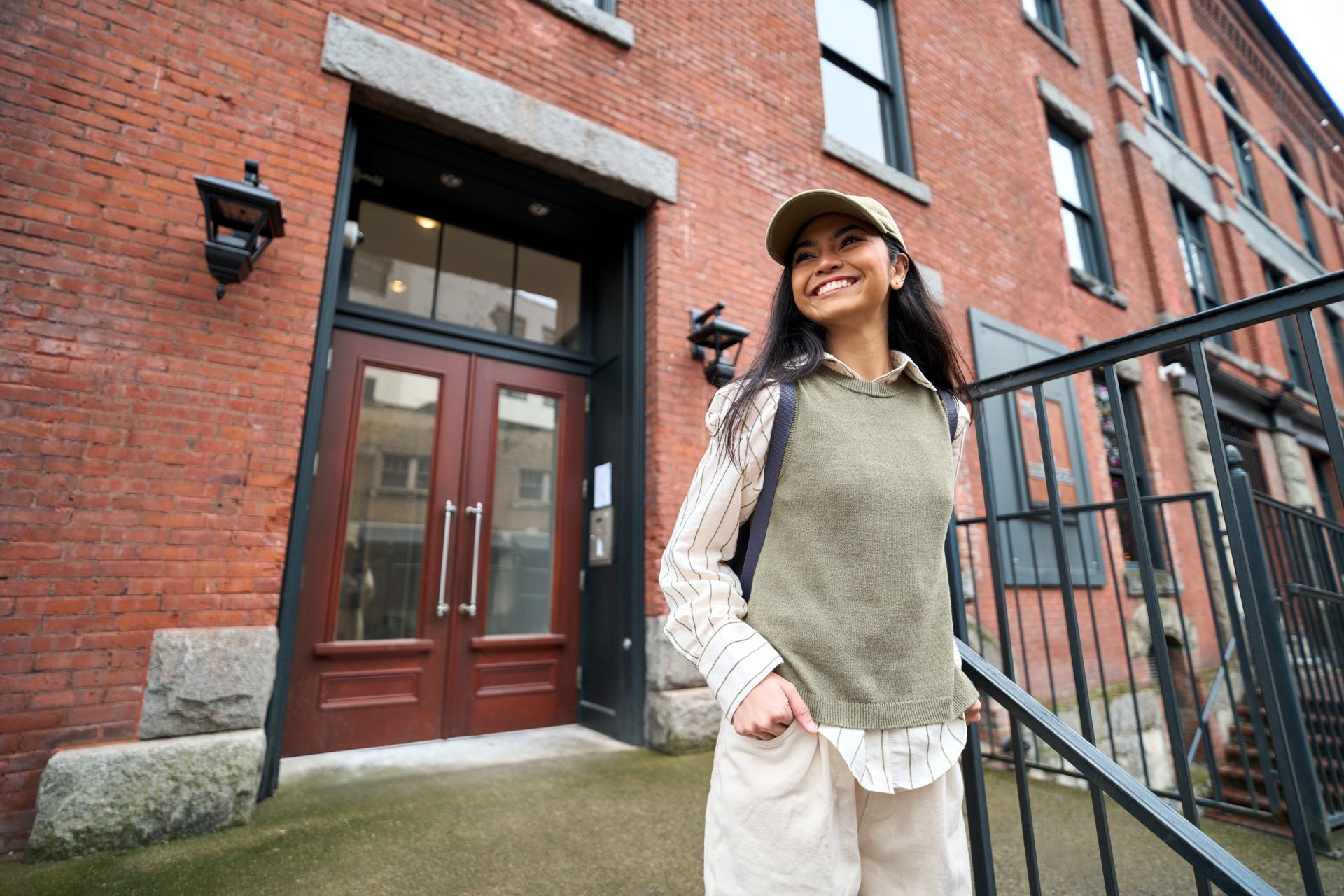

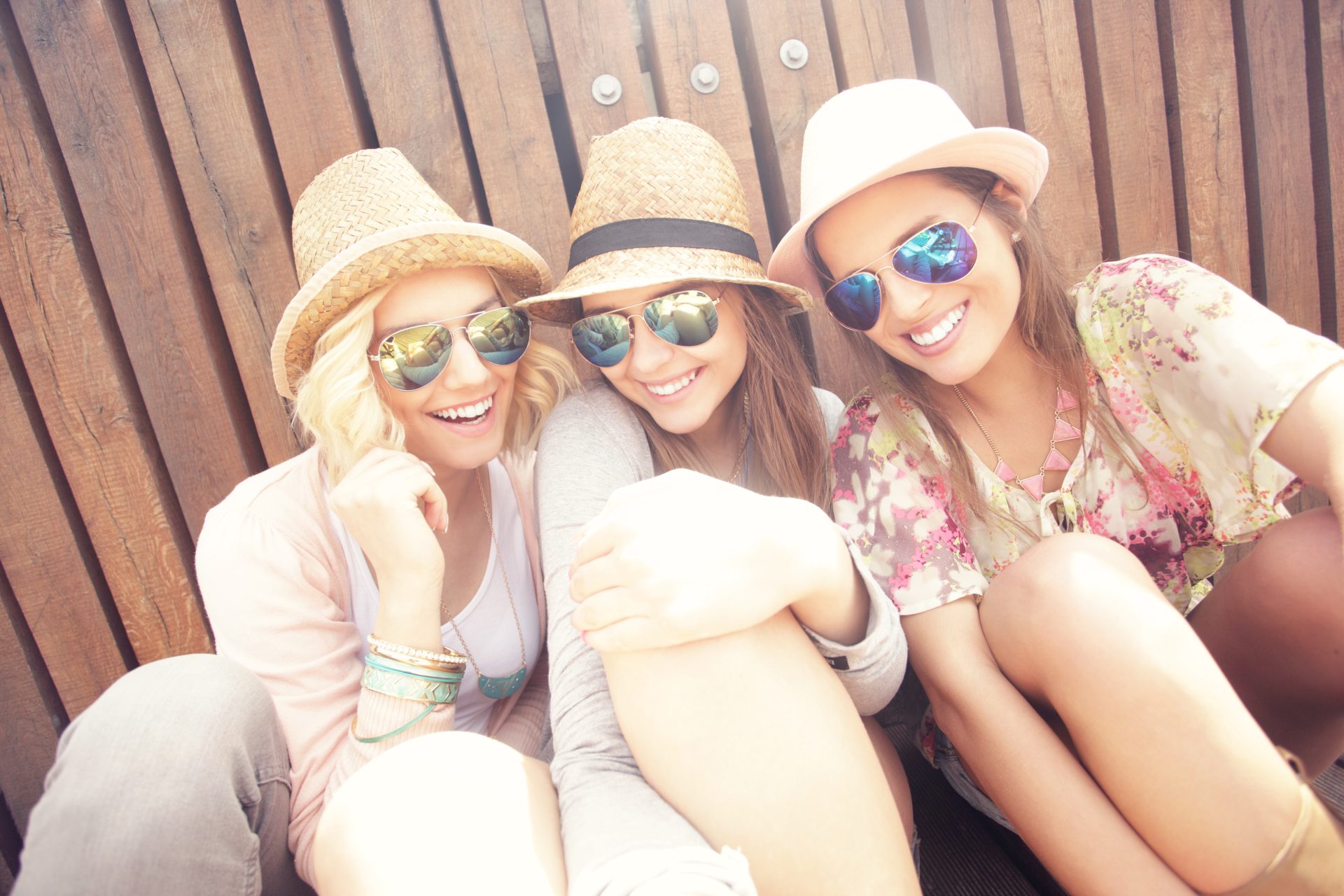
0 Comments